| Arboreta | Associations | Directories | Sources | Material | Databases |
-
Lovett Pinetum
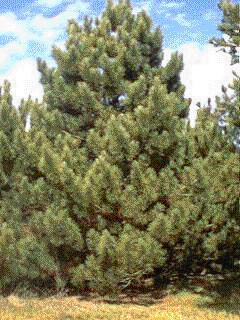
-
Polidora
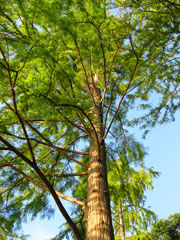
-
Anthoine Pinetum
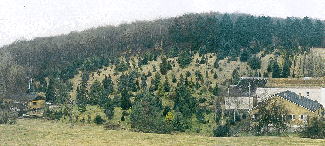
-
Botanical Garden of Yoshkar-Ola

-
Vivaio di Conifere Esotiche ed Arbereto
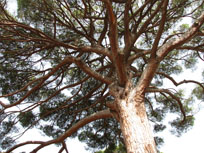 Collezione di pini rari
Collezione di pini rari
-
Arboretum
Freiburg Günterstal

-
Rancho Santa Ana Botanical Garden

- Arboretum Waasland
-
Royal Botanical Garden Edinburgh

-
Botanical Garden of Smith College

-
Botanischer Garten der Ruhr-Universität Bochum
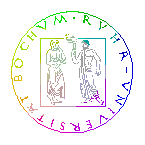
-
Kiviks Esperöd Arboretum
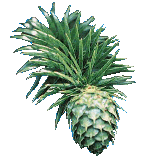
- The Arboretum Borova hora TU Zvolen
All you want to know about Pines, you will find it here.
Now the Lovett Pinetum manages three Units in three different States.
Polidora is a Botanical Garden on the East side of the Lago Maggiore in Northern Italy, featuring a very interesting collection of Conifers. The grove of Taxodium distichum planted on the shore of the lake is an unique scenery in Europe. The B&B can be conveniently used as a rest place while planning to visit the other famous Botanical Gardens of the region: Isola Madre and Villa Taranto.
Thanks to the very mild Winters, Zone 9 species can grow on the shore of the Lago Maggiore.
Great collection of Conifers in Belgium, also cultivars.
Located 800 km East of Moscow (Russia), the Botanical Garden of Yoshkar-Ola (Hardiness Zone 3) is aiming at "the creation, the maintenance, the preservation and the protection of a collection of indigenous plants".
Index Seminum.
Il Vivaio di Conifere Esotiche produce da seme, e coltiva a pieno campo, 30 specie di pini rari ed altre specie di conifere di grande potenzialità ornamentale e paesaggistica. Dal Vivaio è nata una collezione di pini rari, rappresentata dall'Arbereto, che riveste notevole interesse botanico, poiché in lei sono rappresentate gran parte delle caratteristiche tassonomiche tipiche del genere Pinus.
Great arboretum in the South of Germany; display a complete collection of Abies.
The Garden is "devoted to the collection, cultivation, study, and display of native California plants". .. Its "mission is to make significant contributions to the appreciation, enjoyment, conservation, understanding, and thoughtful utilization of our natural heritage."
Index Seminum : seed source for other Botanical Gardens.
Kriekelaarstraat, 29, 9100 Nieuwkerken, Belgium.
Tel: +32.3-775.93.09, Fax: +32.3-755.36.50
Michel Decalut, Director.
Situated in Belgium, near St Niklaas, this arboretum presents all kinds of trees. Also a very good source for plants.
"Conifers under threat : of the world's 650 known conifer species, 364 are listed as rare or threatened [..]. The most desirable way to maintain viable populations of threatened plants is to safeguard them in their wild habitats. However, for a number of reasons this is often not possible and it becomes necessary to try to preserve species by growing them in reserves away from their natural sites. This so-called ex situ conservation is a prime function of the Conifer Conservation Programme."
Great research work to help the conservation of very rare and endangered conifers:
Amentotaxus, Cupressus dupreziana, Taxus, Torreya taxifolia, Welwitschia, Widdringtonia, Hemlock Woolly Aldegid.
The Conifer collection is quite impressive and the photos are very useful to identify a species.
The arboretum (situated in the southernmost part of Sweden) was founded in 1922 by Albert Wallis. He started planting trees, mostly pines, immediately. His intention was to construct "an experimental garden to study the suitability of magnificent species for decoration of our parks". The arboretum has now about 200 big trees. The symbol of the society is a cone of Cunninghamia lanceolata.
"The Borova Hora Arboretum, having an acreage of 47,8 hectares, is situated in the northern part of the town of Zvolen. It represents a research and development workplace of the Technical University and is a base for educational and research work, especially in forest and park dendrology. [...] The Arboretum has almost 1,100 tree species and forms numbering more than 30,000 individuals."
| Arboreta | Associations | Directories | Sources | Material | Databases |
-
American Conifer Society

-
Conifer Society of Australia

- Conifer Obsession
-
International Dendrological Research Institute

-
Torreya Guardians
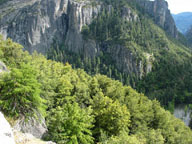 Torreya californica in Yosemite
Torreya californica in Yosemite
Join the ACS ! A quite friendly association whose goals are "to encourage the development, conservation and propagation of conifers, with emphasis on those that are dwarf and unusual, to aid in the standardization of conifer nomenclature and to educate the public."
"The Conifer Society of Australia aims to encourage communication about conifers, to promote an interest in their collection, propagation and conservation, and to advance our knowledge of their botany, ecology and ornamental uses. A newsletter is produced each year."
A VIRTUAL INTERNATIONAL CONIFER SOCIETY©
Prestigious Discussion Groups for Conifer Connoisseurs
E-mail discussion group: Conifer Obsession: Exclusive International Group for Arboretums, Professionals, Conifer Nurseries, Botanists, Researcher and experienced Conifer Collectors
Restricted Access - Requirement for approval: Name, E-mail address and Conifer Background Information.
"The IDR Institute is dedicated to documenting the woody flora worldwide. The variability of the species and the composition of their communities as they appear in their habitats hold important information toward a better understanding of our living environment and related conservation issues. IDRI's purpose is both to support the documentation of the selected flora (Dendrological Documentation Project), and to make this documentation available for public use."
"Torreya Guardians is a self-organized group of naturalists, botanists, ecologists, and others with a deep concern for biodiversity protection, who have chosen to use the internet as a tool for discussing ideas, posting plans, and taking a variety of actions in behalf of our most endangered conifer tree: Torreya taxifolia."
| Arboreta | Associations | Directories | Sources | Material | Databases |
-
Internet Directory for Botany

-
SysTax

-
Identification key of the Cypress family (Cupressaceae)
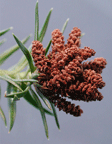
Most complete source of addresses for Arboreta all over the world.
And many other sites related to Botany as well.
SysTax is a botanical information system based on the relational data base management system ORACLE (ORACLE corporation). It supports all tasks in systematic botany, and, in addition, the administration of botanical gardens, herbaria and other collections.
"With this identification key, for the first time the determination of each Cupressaceae taxon is possible, as well as the flexible identification of different types of specimens (like female cones, vegetative specimens, herbarium specimens, specimens from cultivars etc.)."
"The key comprises any of the 30 genera, 134 species, 7 subspecies, 38 varieties, 1 form, and thus all 180 taxa recognized by FARJON (2001). The key uses 123 morphological characters. These characters are divided into 19 character subsets (habit, trunk, bark, crown, branch, branchlet, leaves, needle leaves, scale leaves, lateral leaves, facial leaves, male cone, male cone scales, female cone, female cone scales, columella, seeds, seed wings, supplements)."
"In addition, the key contains all in all 1,112 macroscopic photos in order to test the plausibility of the identification result."
| Arboreta | Associations | Directories | Sources | Material | Databases |
-
Sheffield's Seeds

-
Lawyer Nursery

-
TreeDazzled
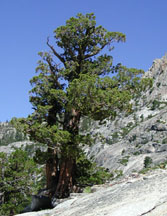 Juniperus occidentalis var. australis at Echo Lake
Juniperus occidentalis var. australis at Echo Lake
-
Sandeman Seeds

-
Semillas Montaraz

-
AustraHort


- Pieter Zwijnenburg jr.
-
Wildseed Tasmania

- Sun Mountain Native Seed
Very good seeds source, with a tremendous Web site that will inform you directly on prices, availability, pre-sowing treatments, etc. You can order 2 grams and higher !
They "offer the largest selection of field grown seedlings in the wholesale nursery trade!"
A quite ressourceful site about plants among which Conifers held a very good place.
A quite complete catalogue of Trees and Shrubs.
High quality service; the seeds are thoroughly tested for germination.
AustraHort Pty Limited, formerly M.L. Farrar Pty Limited.
Australian seeds source. Also seeds from around the world.
Halve Raak 18, 2771 AD Boskoop, Holland
Tel: +31.172-21.62.32, Fax: +31.172-21.84.74
Plant source for all kinds of trees. Highest choice and highest quality of the plants.
"Collectors and distributors of native Tasmanian seeds. We stock over 250 Species. Deliveries can be made world wide of all available stock items."
120 N.Wall - Suite 400, Spokane, WA 99201, USA
Tel: 800-268.0180, Fax: +1-509-835.4969
"Sun Mountain Native Seed specializes in bringing to market many of the hard to find shrubs, trees, forbs, grasses, and wetland seeds that the other companies cannot supply. [..] We are dedicated to collect in an environmentally safe and careful manner making sure not to damage the native plant population in existence."
| Arboreta | Associations | Directories | Sources | Material | Databases |
-
Stuewe & Sons

Do you need tubes and containers to propagate your favorite trees ? This is the address !
| Arboreta | Associations | Directories | Sources | Material | Databases |
-
Gymnosperm Database
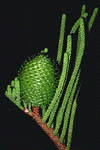
-
Fire Effects Information System (FEIS)

-
Forest Service USDA

- WORLD DICTIONARY OF TREES
-
Flora of China

-
Dendrome Project


Scientific information on all conifers, books, links and much more!
"The Gymnosperm Database was established as an online entity in the summer of 1997 and has since grown steadily, getting its own URL (www.conifers.org) in the summer of 1999. Currently the Database provides basic information (sometimes only a name) for all species and higher-ranked taxa of the gymnosperms, i.e., conifers, cycads, and their allies."
Complete information on most of the US trees: Taxonomy, Distribution and Occurence, Value and Use, Botanical and Ecological Characteristics, Fire Ecology, Fire Effects, References Tree List
"FEIS provides up-to-date information about fire effects on plants and animals. It was developed [..] in Missoula, Montana. The FEIS database contains synoptic descriptions, taken from current English-language literature of almost 900 plant species, about 100 animal species, and 16 Kuchler plant communities found on the North American continent."
Complete information on many US Conifers: Silvics Manual, Volume 1, Conifers
"Welcome to the USDA Forest Service, St. Paul Field Office. We are providers of information and assistance on forest health and tree care, natural resources management, and other forestry related topics."
Reforestation Nurseries and Genetic Resources

"The US Department of Agriculture, Forest Service, is an acknowledged leader in the science of natural resource management. One of the missions of the State and Private Forestry division is to provide leadership and share information with other people and organizations." Highly recommended!
| by Miroslav M. Grandtner, Quebec, Canada
"This website attempts to present all currently accepted generic, specific, subspecific and variety names of trees, excluding fossil, extinct taxa, hybrids and cultivars. The definition of a tree follow essentially Little Jr. (1979: 3). A tree is defined as a woody plant, with a single, erect and persistent stem of at least 10 cm in diameter, mesured at 1.3 m above the mean ground level, and with a total height of at least 5 m. A crown of leaves may be more or less well defined. Willows (Salix), birches (Betula), palms (Palmae) and bamboos (Bambusa, Guadua), with several stems branching from the same root system, as well as cacti (Cactaceae) are considered as trees, provided that they meet the diameter and height criteria. Only the indigenous trees of a continent, those wild species that were natural elements of the spontaneous forest vegetation before the arrival of Europeans or other colonizers are included. Each entry includes the family to which it is assigned, the synonyms of Latin name, the English names, the French names, the Spanish names and other names. For English and French names, the standard name is listed first. This name is then followed by other available names with the country where they are used in parentheses. Where additional names are listed, the parentheses indicate the language and the country where they are used. Each infrageneric (species, subspecies, variety) entry includes the distribution, height, type of foliage, ecological characteristics and main uses of the tree when available. These informations are followed by synonyms, and English, French, Spanish and other names presented in the same manner as in the case of a genus. Abbreviations for authors' names follow Brummitt & Powell (1992). In this part of the website only taxa indigenous on the North American continent are included. North America is comprised in the global geographical and not political sense. That means from Alaska and Greenland to Panama, including Caribbean, but excluding Hawaii." Aussi en Français : DICTIONNAIRE MONDIAL DES ARBRES |
 |
Look directly at the Searchable Database ordered by Families
"The diversity of plant species in China is extraordinary. With an area almost exactly that of the continental United States, China has nearly twice as many plant species, about 30,000 or one-eighth of the world's total, versus only about 17,000 for the U.S.A. and Canada combined. This number includes about 8,000 species of medicinal and economically important plants and about 7,500 species of trees and shrubs. The Flora of China will describe and otherwise document these species."
"The goal of the Dendrome Project is to act as a central electronic resource for the study of forest tree genomes. We invite all researchers in this area to participate in the development of the Dendrome Database."
Range Maps of Pinus species
